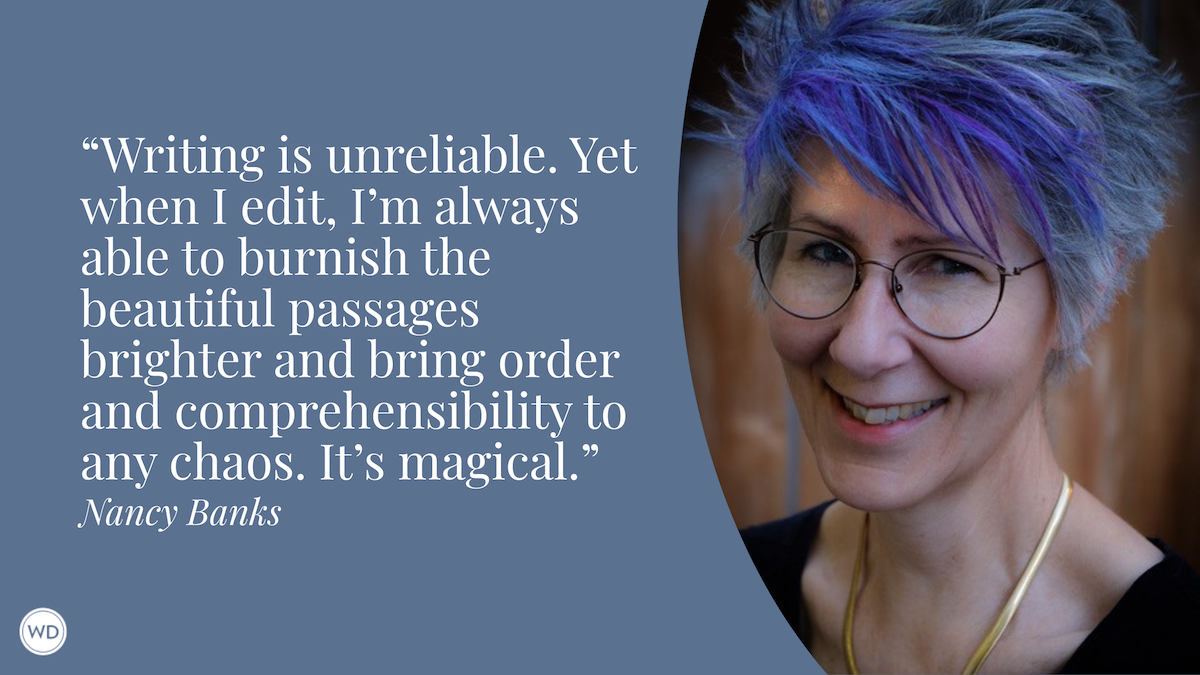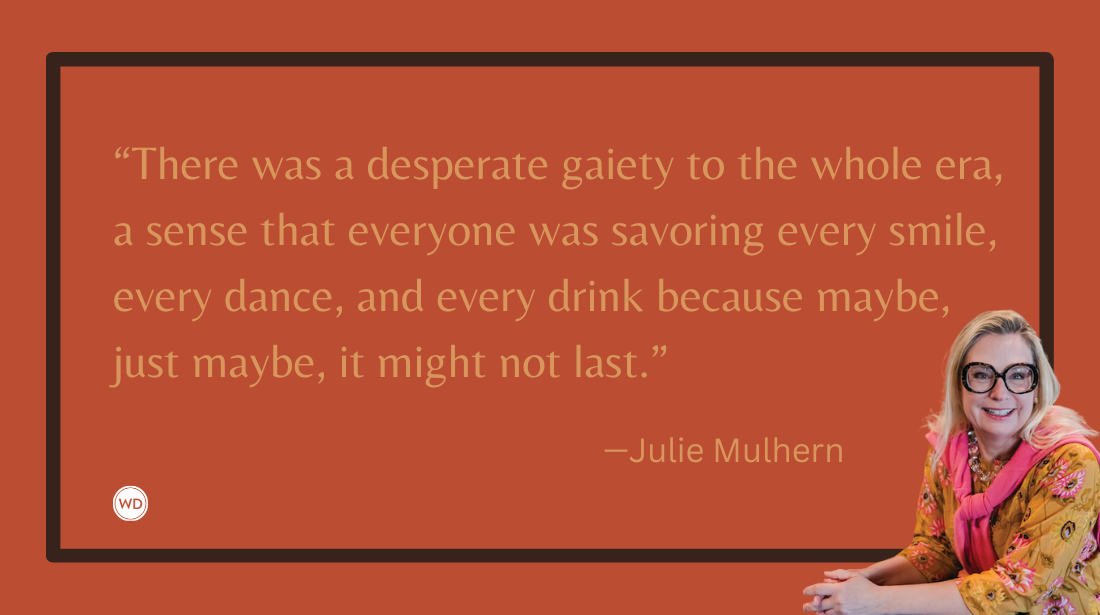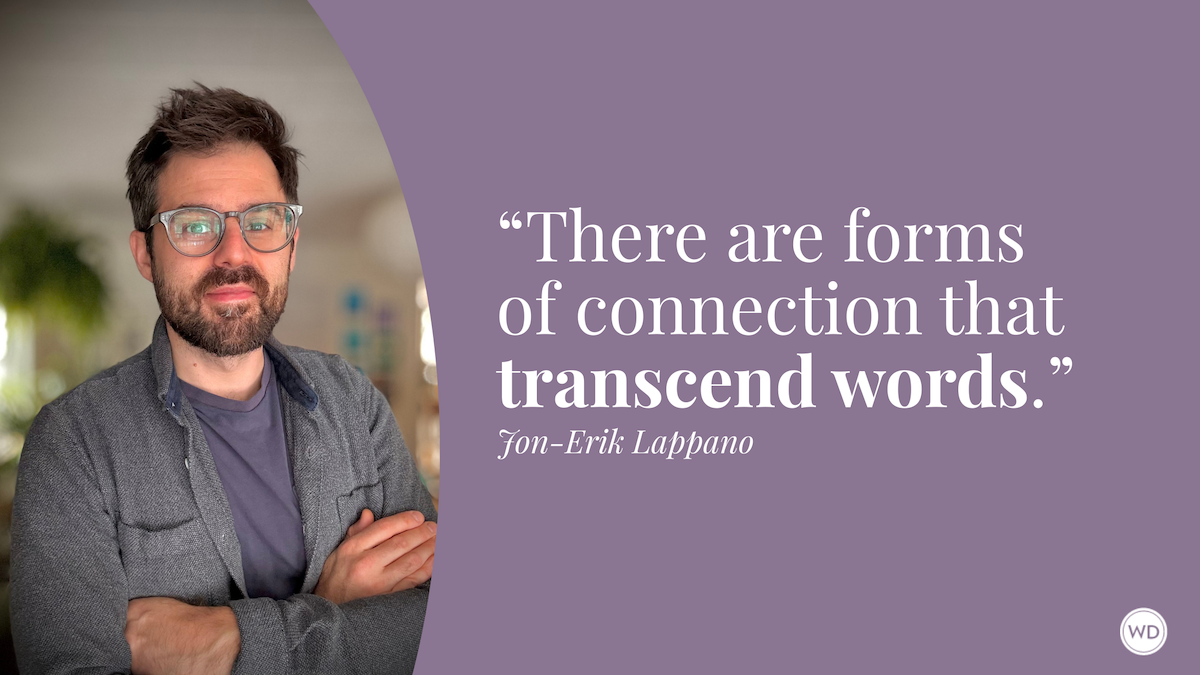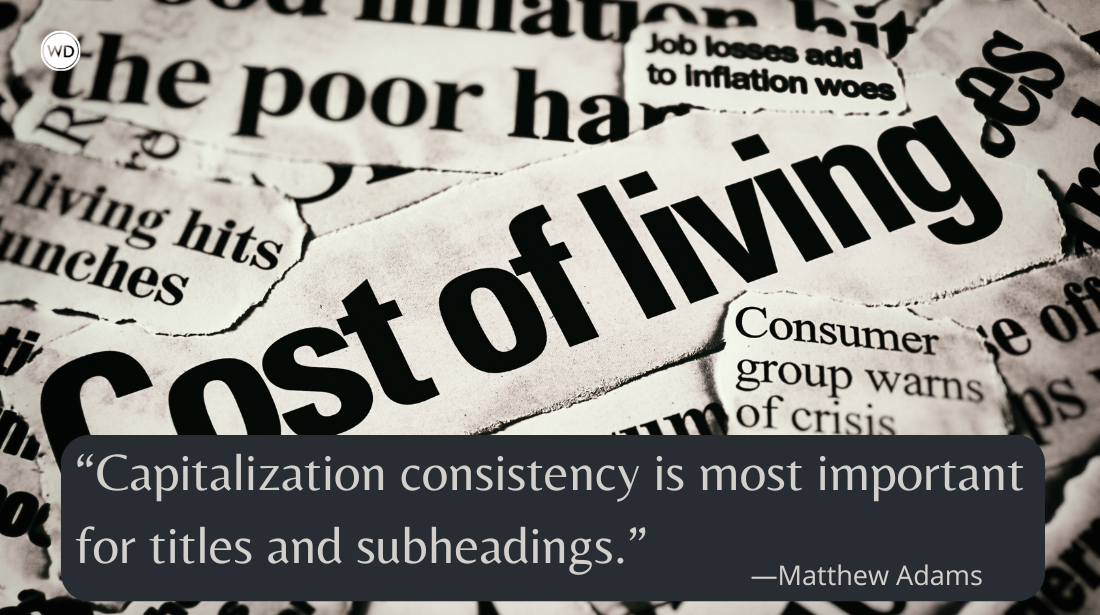How to Write Novels About Faraway Lands
In explaining why he wrote his novels, the great writer Joseph Conrad once told his readers that it was so they could “glimpse the truth for which you have forgotten…
In explaining why he wrote his novels, the great writer Joseph Conrad once told his readers that it was so they could “glimpse the truth for which you have forgotten to ask.” These words no doubt resonate with many writers, but especially with those of us who choose faraway places and times for our settings, for often we are presenting realities the reader has never before imagined.
Guest post by Eliot Pattison, who has been described as a "writer of faraway mysteries," a label which is particularly apt for someone whose travel and interests span a million miles of global trekking. An international lawyer by training, he is the author of three acclaimed mystery series. His Edgar award-winning Inspector Shan series explores his deep concerns for the people of Tibet and has been translated into over twenty languages around the world. Soul of the Fire, the 8th book in the series has been selected by Publishers Weekly as one of the 20 best mysteries of 2014. For more information, visit: www.eliotpattison.com.
It is hugely exciting to sit before the blank palette, or blank pad –yes, I still ink my first drafts in longhand—and begin to translate those unfamiliar worlds. But it is also a sober responsibility. Writing novels set among a distant people involves the same challenges as writing historical novels. Those of us who embrace those challenges not only must construct engaging storylines and characters, we must also create a world that is faithful to fact while still capturing the reader. Our audience trusts us not to mislead them about that world. In my Shan novels I have to weave together the threads of an obscure, traditional and very spiritual culture with those of a modern militaristic, often tyrannical government. If I exaggerate aspects of that world I breach that trust with my readers, so I am fastidious about keeping it real through my own experience, research and staying up to date on Tibetan affairs. My latest novel, Soul of the Fire, very much reflects events that are still breaking news. The danger of such efforts, however, is that they can overwhelm the story. There’s a fine balance here, in several dimensions. Becoming too much of a reporter turns the book into a sterile, impersonal account. Leaning too heavily on the cultural content turns it into a work of anthropology.
Those of us who work in this milieu have to bring the reader into that foreign culture, or distant time, in gradual, subtle ways, building on convincing, and engaging, characters. To be successful I have to ease my readers into that world, let them learn about it because they want to become part of my character’s treacherous, exhilarating journey. I want them to smell the incense on the altar and hear the boots of the secret police, but most of all I want them to feel the fear, to hunger for justice in a world where it is constantly denied, and to share simple joys through eyes they had never before imagined.
Long ago I discovered there are truths that cannot be dissected or reduced to journalistic accounts. It took much longer for me to understand that some truths are so evasive that only fiction can make them believable.
Boost your proposal-writing skills and chance of publication with
The Weekend Book Proposal. Jam-packed with proven strategies,
sample queries and proposals, and more, this book is a must-have.
Order it now and have your proposal finished in 48 hours!
Thanks for visiting The Writer's Dig blog. For more great writing advice, click here.
Brian A. Klems is the editor of this blog, online editor of Writer's Digest and author of the popular gift bookOh Boy, You're Having a Girl: A Dad's Survival Guide to Raising Daughters.
Follow Brian on Twitter: @BrianKlems
Sign up for Brian's free Writer's Digest eNewsletter: WD Newsletter
Brian A. Klems is the former Senior Online Editor of Writer’s Digest, and author of Oh Boy, You’re Having a Girl (Adams Media/Simon & Schuster). Follow him on Twitter @BrianKlems.









